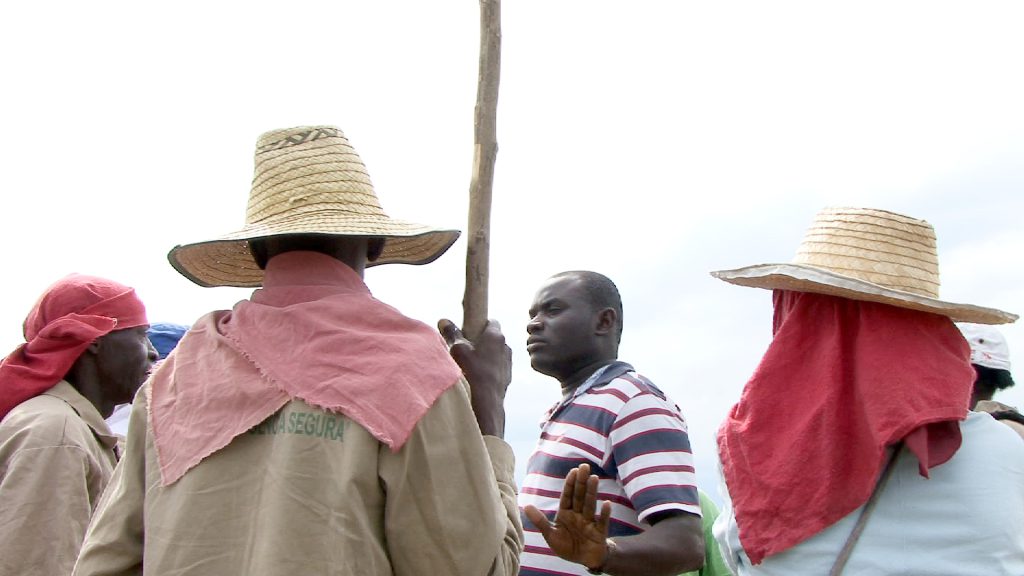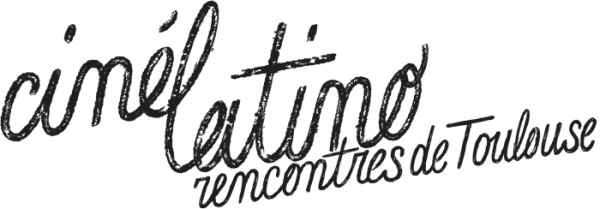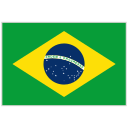- Direction
- María Isabel Ospina de los Ríos
- Country
- France, Colombia
- Format
- Feature film
- Type
- Documentary
- Original title
- El Director
- Scenario
- María Isabel Ospina de los Ríos
María Isabel Ospina de los Ríos
Filmography
And they’ll all be there: Docum.52 min,2009
– 21st Toulouse Film Festival, Meetings with Latin American Cinema, 2009 (Competing in the Documentary cat.).
– 11th International Documentary Festival in Bogotá (Colombia), 2009 (national selection).
– 6th festival: ‘Routes: images and realities of Latin America’ in Brussels (Belgium), 2009.
-11th festival : ‘Filming in Latin America’, Geneva (Switzerland), 2009.
– 12th International Documentary Festival of Thessaloniki (Greece), 2010.
– 9th International Documentary Festival: ‘Meetings with the Other Cinema’, EDOC, Quito and Guayaquil, Ecuador, 2010.
– Colombian Cinema Showcase in the MOLAA (Museum of Latin American Art), Los Angeles, U.S.A., 2010.
Interpreter of death : Docum. 26 min., 2000
-13th Toulouse Film Festival, Meetings with Latin American Cinema, documentary section, 2001.
– 2nd International Documentary Festival in Bogotá (Colombia), 2000.
– Festival : ‘Women in the director’s chair’ , Chicago, 2000
– Documentary festival of New York University, New York, 2001.
– Latin American film festival in Montreal, 2001.
– ‘La Cita’ festival in Biarritz, 2001 (competing for the Latin Union prize).
– ‘Documentary screens’ festival in Gentilly, 2001.
– Festival: ‘Video meetings of Cabestany’, 2002 (‘Best documentary’ award)
Note of intent
I find Víctor a fascinating figure because it runs counter to what seemed to be the obvious fate for an Afro-Colombian with low financial means and little education. Film-making is spreading mainly among the middle and upper classes.
Although a majority of young people in Villapaz dream of leaving for large cities, Víctor wants to stay. I am struck by his interest in what is local, and his sound judgment when he says that Villapaz looks even nice on television. I appreciate his desire to expose injustices, to ignore set standards, although the community demands happy endings, heroes, politically and morally correct stories.
His creativeness and dynamism have made him a versatile figure: brick-layer, cane-cutter, photographer, artist, film director. What puzzles me is how he has managed to master the new technologies in a village where there is not even the Internet. I am interested in the technical aspect of his films inasmuch as it reveals his dynamic approach to film-making: he has no money to shoot them, and he does not even try to get subsidies, there is a sort of ingenuousness about his works (his ignorance of cinematographic grammar and his lack of audiovisual culture are obvious) which turn out to be fascinating as they have no set limits when exploring the possibilities offered by audiovisual techniques. The humour in his productions
and his testimonies will show the unique aspect of this figure, how he transmits his passion and energy to the village, and will highlight the themes he tackles through cinema to claim the dignity of his race.
I am curious about the social phenomenon that his films have generated in the village: the team work, what it has meant for the inhabitants to see their neighbourhood, and themselves too, on a gigantic screen, and the recognition Villapaz has gained within the district.
Resilience, adaptability to life changes, dynamism, social compromise and team work are values, present in that figure, which I think should be revitalized in modern society.
Synopsis
In the mid-90s,with the advent of mechanized cane production in Villapaz (a village south of Cali, Colombia), the inhabitants ceased growing their own crops and being self-sufficient to become proletarians. Víctor Gonzáles, aged 28, belongs to that generation of young people for whom the only sources of income in the village were cutting sugar-canes (single crop in the area) or working in the building trade. Yet 3 years ago, Víctor discovered that he could film with his mobile phone. Since then there has been no stopping him. In Villapaz he is known to everyone as ‘the Director’. His films have brought about a small revolution in the village, and have given importance to that small community, great numbers of whom rush to see the screenings organised in the main public park.
‘I like fiction, providing it holds real, true-to-life things”. The settings of Víctor’s films are the houses with mud walls, the backyards where people raise hens and grow vegetables. He conceives his characters from the people in Villapaz – the rich cane-field owners who dress like traffickers, the hen-thieves who steal into the backyards, the village idiot who does not speak correctly. Magic and religion are present in his films: there are stories of wizards and healers, of evil spells and legends such as that of the ‘hairy hand’ that kills children, or that of the banana tree from which blood, instead of milk, gushes out if it is cut during Holy Week. As he uses natural places and actors and builds the stories from actual facts or the community’s beliefs, the inhabitants of Villapaz mix up fact and fiction. Víctor’s films often spark off fierce debates, because of their tragic endings, because, according to the people, the villainous or ignorant characters may tarnish the reputation of the village in the cities. His films denounce the injustices, show the beliefs of the population, and tries to understand and reproduce the community’s traditions. The documentary shows the multiple facets of Víctor: the building worker, the cane-field labourer, the artist, the director. His film-making work will be a gate into some cultural aspects of Villapaz’ community. The main thread will be the making of one of his films from the original inspiration until its first screening in the public park.
Visual concept
The main thread of the documentary will be the making of a long feature by Víctor, from the original idea until the first screening in the public park of the village. Meanwhile, we shall become acquainted with his abundant production, his methods, his interaction with the community. Emphasis will be laid on the daily challenges the director has to meet to carry out the shooting of a film. Through the inhabitants of the village who appear in the films and through the fiction stories those films tell, we shall build up a documentary where the limits between reality and figments of the imagination, between fact and fantasy, will appear blurred, just as it occurs in Víctor’s films, and in the relationship Villapaz’ inhabitants have to their cinema. When Víctor’s neighbours (actors in his films) speak about their roles, one wonders whether they are referring to the characters they play or to their real selves. So flimsy is the frontier that at times the confusion seems to stem from ingenuousness, but at other times it appears like a deliberate game with the audience (who, in our case, are behind the camera!) This ludic aspect, both ingenuous and perceptive, will set the tone of the documentary.

- Objectives sought in Films in Development
Finding co-producers and broadcasters for the project.
- Shooting planned date
15 days in June 2012 + 15 days in November 2012
- Planned shooting location
Colombia, Valle de Cauca, Pacific Region
- Budget
- 150 000 €
- Project's development phase
– 2 spells of location research already done .
– First version of the script under way.- Production
- Anoki, Fosfenos Media























